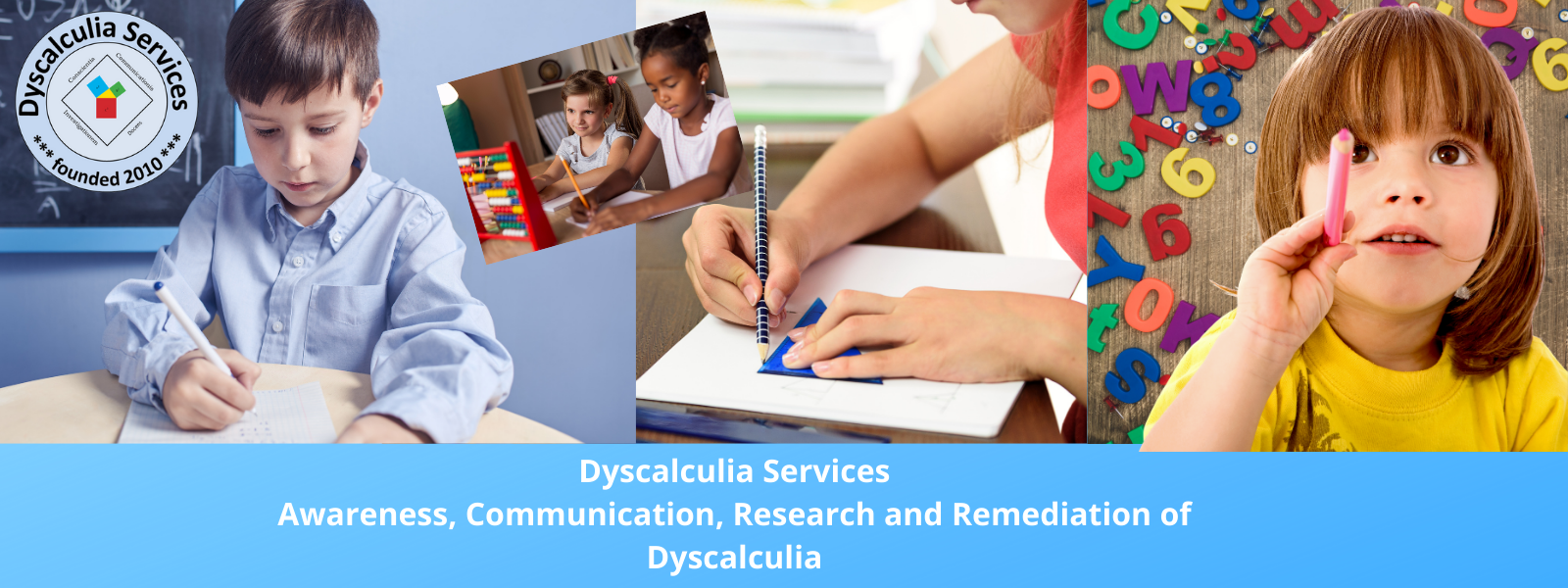Show and mention visual-spatial relations to your toddler and nurture spatial intelligence
After starting with a ‘net’ a flat cut out paper model of a cube with some marks on the sides, can you image in your mind’s eye how the cube would look in 3D? Spatial thinking skills such as visualization of objects and being able to mentally rotate them are at the core of a student’s success in math and sciences.
It is widely believed that spatial intelligence is innate and that the boys were in front of the line when it was handed out. New research about brain plasticity shows that we can increase spatial intelligence and cover the gender gap.
We can bring spatial relations to the spotlight through playing games with blocks. Try this one: divide a stack of building blocks in two similar sets, one for you and one for your child and alternate with your child making matching ‘buildings’ with the blocks.
Even playing a special type of hide and seek game will help your toddler progress on the road of spatial understanding. When you ‘hide’ a small object, it makes a big difference when you say: ”Look, I am putting it here” versus: “Look, I am putting it on the middle/top/bottom shelve”. Just mentioning the spatial relations makes it easier for them to retrieve the prized object, not only instantaneously, but even over time!
Read the full story: HERE
Also read our article on how graph paper can enhance visual-spatial skills:
Go to Parents, Instant Fix, Graph paper works wonders with calculations and understanding concepts.
visit us at www.dyscalculiaservices.com
